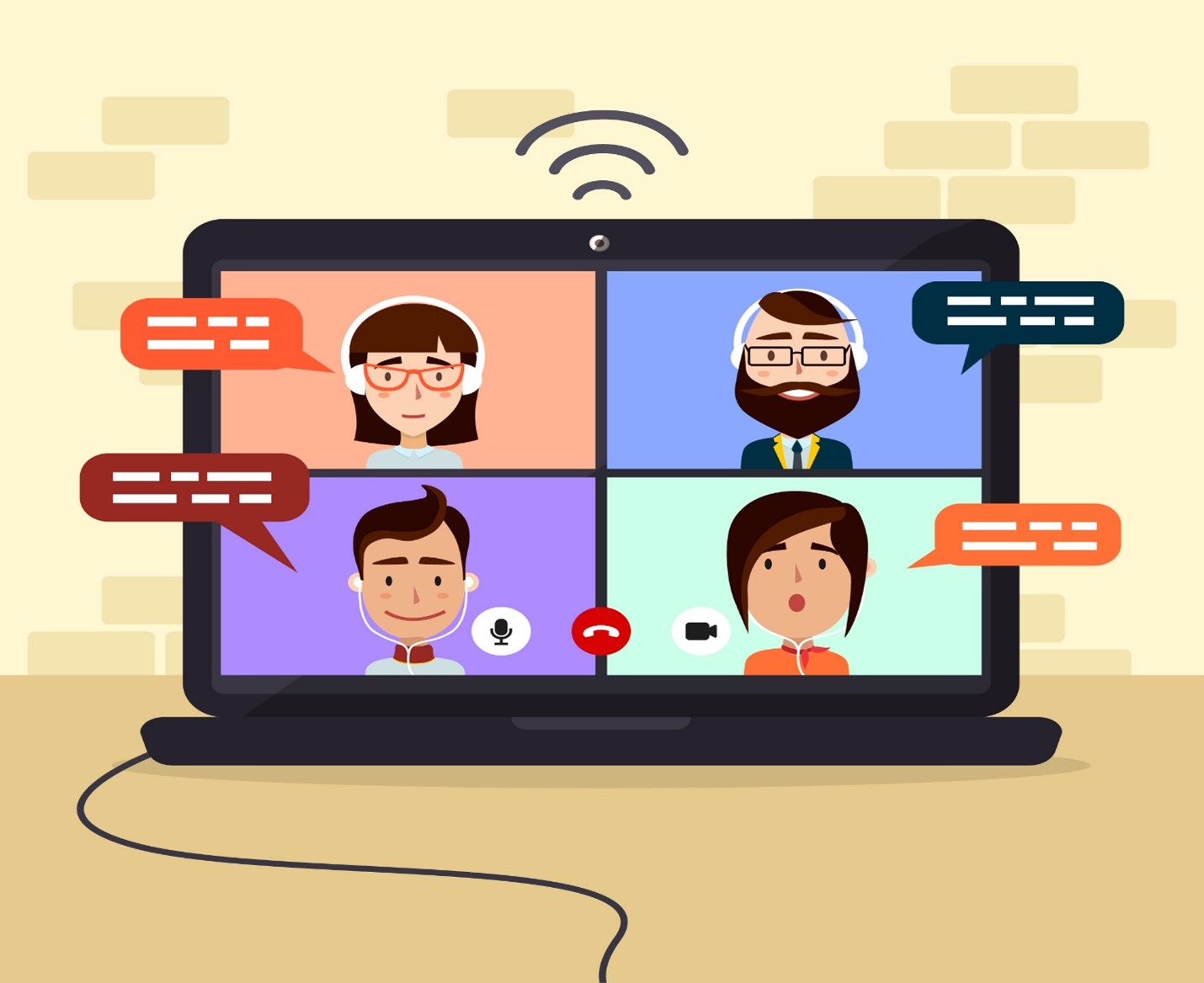In today’s interconnected digital realm, video conferencing has become a cornerstone of both professional and personal interactions. Among the various platforms available, Zoom stands out for its user-friendly interface and reliable performance. Nonetheless, a common concern among Zoom users revolves around the volume of data the platform utilizes during virtual meetings and its potential impact on internet speed. This article delves into Zoom’s data consumption, examines its implications for your internet plans, and offers strategies for maintaining uninterrupted connectivity.
An Overview of Zoom’s Data Usage:
Zoom provides several video quality options to adapt to diverse network conditions and device capabilities. Data usage varies based on chosen video quality:
Low Quality: Approximately 300MB per hour
Standard Definition: Roughly 1.2GB per hour
High Definition: About 2.4GB per hour
Ultra HD: Around 3.8GB per hour
These approximations encompass both video and audio data. It’s important to note that these figures are estimations and may vary due to factors like participant count, screen sharing, and active speaker view.
The Impact on Internet Speed:
For individuals with limited internet plans or slower connection speeds, Zoom’s data consumption can raise concerns. Video conferencing, particularly at higher quality settings, demands a stable, robust internet connection to ensure seamless transmission of video and audio. If your internet connection falls short of the necessary speed requirements, you might encounter issues such as lag, frozen visuals, or audio disruptions during Zoom meetings.
Selecting the Right Internet Plan:
To mitigate potential disruptions arising from Zoom’s data consumption, selecting an appropriate internet plan is essential. Seek internet service providers (ISPs) that offer bundled services tailored to the needs of video conferencing. Opting for a plan with higher upload and download speeds can provide a buffer for data-intensive applications like Zoom.
Identifying the Optimal Internet Service Provider:
When evaluating ISPs, consider factors beyond mere speed. Look for providers that offer seamless connectivity, dependable customer support, and flexible plans catering to your usage patterns. Perusing reviews and seeking recommendations can facilitate an informed decision.
Tips for Ensuring Uninterrupted Connectivity:
Beyond choosing the right plan and provider, there are additional steps to enhance your Zoom experience:
Prioritize Wired Connection:
Whenever feasible, opt for a wired Ethernet connection instead of relying solely on Wi-Fi. Wired connections generally offer greater stability.
Manage Background Applications:
Close unnecessary background applications that could consume bandwidth and potentially affect your internet speed.
Limit Device Connections:
Multiple devices connected to the same network can lead to bandwidth congestion. Give priority to your video conferencing device for a consistent experience.
Maintain Software Updates:
Keep your Zoom application and operating system up to date to benefit from the latest optimizations and enhancements.
conclusion:
Zoom’s data consumption can indeed impact internet speed, particularly for users on limited plans or slower connections. To ensure seamless connectivity and a positive Zoom experience, choose an internet plan that aligns with your needs, opt for a trustworthy service provider, and apply connectivity-enhancing strategies. By following these steps, you can confidently engage in virtual meetings, assured that your internet connection will uphold its performance.
